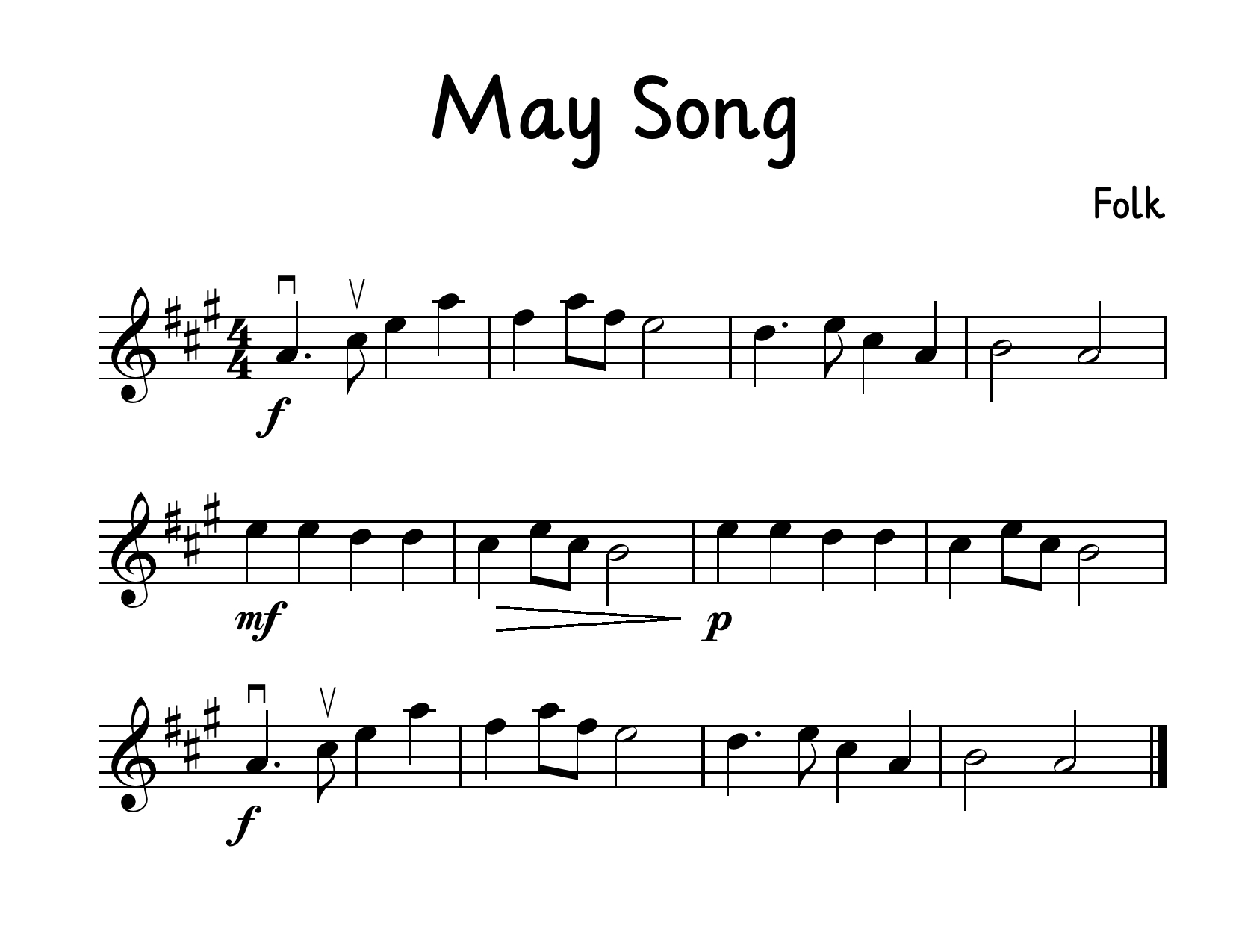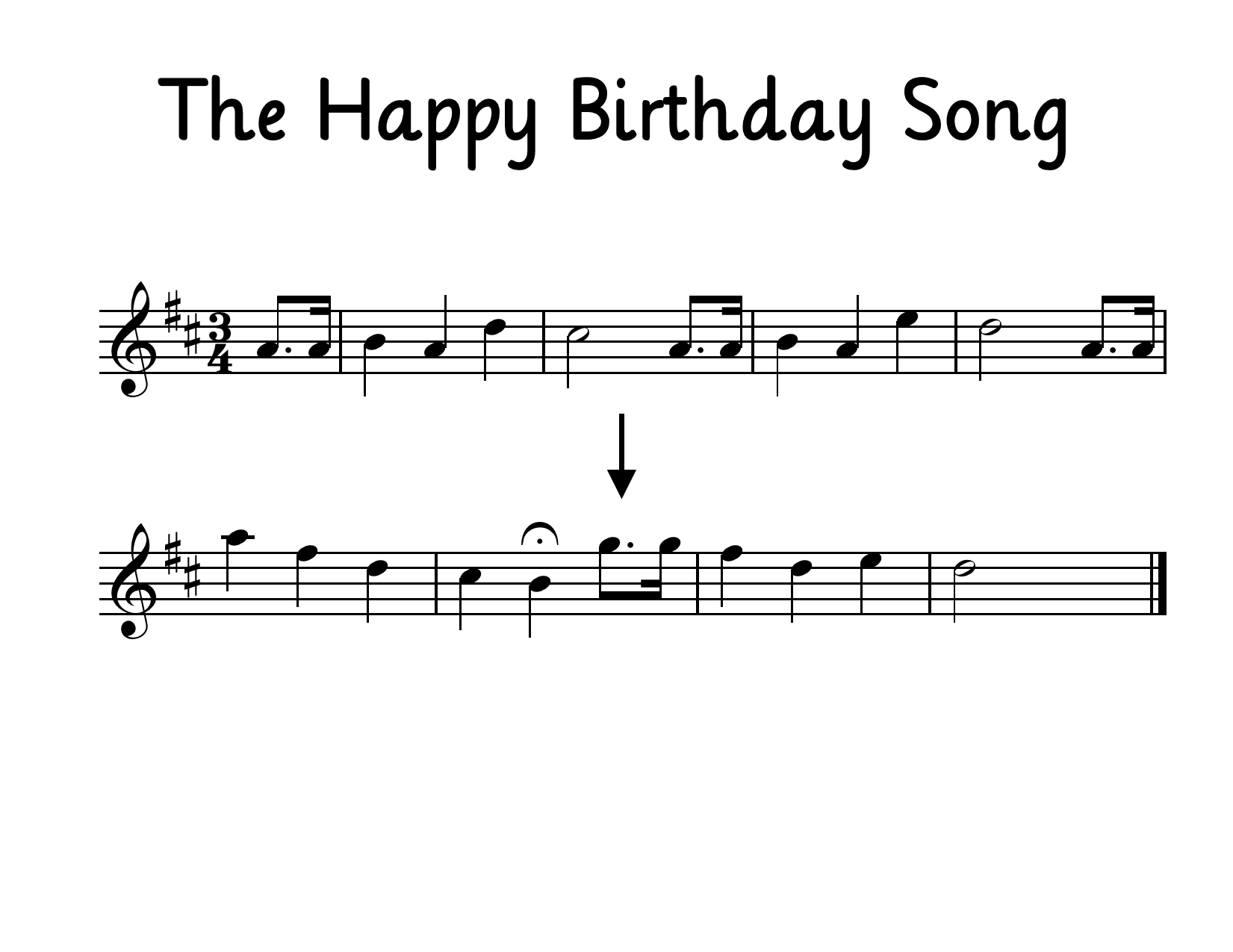

Notes Tutorial – Sheet music – Guitar chords.
Violin notes download#
Sheet Music – Guitar Chords: Cello, Viola, Violin, English Horn, French Horn, Clarinet, Trumpet, Soprano Sax, Tenor Sax, Alto Sax, Banjo, Guitar, Piano, Organ, Melodica.īacking tracks – Play Along – Video sheet music.įree copyright music – Free download – Background music EasyMusicPlay – Channel EasyMusicPlay What Tutorial you like to see on EasyMusic Channel? Leave a like for your favorite song!įree Sheet music Download. EasySheetMusicīeginners easy sheet music – Notes Tutorial – Guitar chords.įingerstyle – Notes finger chart – Play Along – Acoustic guitar backing track – Video sheet music.
Violin notes how to#
Violin Notes Tutorial – How To Play Chromatic Scale On Violin – Fingering Chart (Sheet Music)įree Sheet Music Download. Sargam Notes – Latin, Western, Anglo-Saxon, Indian Notation – Free Sheet music with Notes finger chart Download – Tutorial. Strain and tension can lead to micro-injuries which are not uncommon among musicians.Violin Notes Finger Chart – Notes Tutorial – Sheet Music. It is recommended to establish an everyday warm-up routine before playing the violin. If you feel that it’s not flexible enough, then warm it up a little bit by doing stretching or finger exercises. Don’t force the left hand to the point of physical strain or discomfort.Exercises for the left hand such as Sevcik or Shradieck will help to strengthen your fingers. Keep the wrist straight and rotate it clockwise so it stays parallel to the edge of the fingerboard. When playing with the fourth finger, consider moving its base knuckle closer to the neck in order to reduce stretching and unnecessary tension.Conversely, the left-hand elbow will move slightly outward for each successive higher string. For this, in order to keep your fingers on the strings, the left-hand elbow should move slightly inward for each successive lower string. You want to place the fingers on the D string at the same angle as when you play on the G string or other strings. The forearm should be almost vertical or brought a little bit inward depending on the violin placement and the tilt of the instrument.There is no need to apply a lot of pressure! Apply only a sufficient amount of pressure to push the string closer to the fingerboard so that it slightly touches it. Keep your fingers rounded and relaxed.The violin’s neck can rest on the base joint of the first finger.

The thumb should hover over the side of the neck freely. Don’t clench the neck with the thumb and the first finger.It’s incorrect to hide the fingers under the fingerboard or keep them away from the string. Place the fingers directly over the string where you should be able to drop and lift them from their base joints.This can include adjusting your left-hand angle, posture, or the rotation of the wrist when playing with the fourth finger. If you feel tension in your left hand or fingers, it is time to stop playing and analyze what you can do to improve your left hand technique. The wrist should stay straight and not be bent inward or outward, preventing your left hand from getting tense. Don’t hide them under the fingerboard or away from the string. Keep the fingers over or above the string. Maintain the correct posture and angle of the left hand and fingers.When playing half steps, place the fingers close to each other, with no space between them. Pay attention to the distance between half and whole steps. When you see sharps or flats before any notes or in a key, you have to play them with the same finger by putting or sliding it higher or lower than the original note.Remember that the number assigned to each finger is not the same as on a piano keyboard, and it starts with the index finger as the first finger, middle as the second, etc. Each successive finger after the first finger( index finger) that you place on the fingerboard will produce the next successive note. The first note on the D string is open D.


 0 kommentar(er)
0 kommentar(er)
